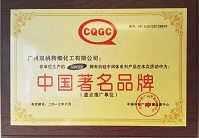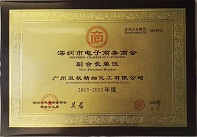
![]() E-mail: admin@gz-chemical.com
E-mail: admin@gz-chemical.com
Email us,best price and silane solutions for you!
Tel:+86 (20) 29035969

![]() E-mail: admin@gz-chemical.com
E-mail: admin@gz-chemical.com
Email us,best price and silane solutions for you!
Tel:+86 (20) 29035969


Synthetical chemicals are ever-present in modern life—in our medications, cosmetics and
clothing—but what happens to them when they enter our municipal water supplies?
Because these chemicals are out-of-sight, out-of-mind, we assume they cannot harm us
after we flush them down the sink. However, most water treatment infrastructures were not
designed to remove synthetic organic chemicals like those found in opioids, personal care
products and pharmaceuticals.
Consequently, trace concentrations of those chemicals are present in effluent: the water discharged from treatment plants into lakes, rivers and streams. Although found
in extremely small concentrations, just nanograms or micrograms, the toxicity is not well
understood in human bodies and ecosystems.
Worse, we know even less about the effects on human and ecosystem health of byproduc
ts created during advanced oxidation water treatment processes; thousands of chemical
byproducts can be created in just minutes.
Therefore, it's crucial that scientists and treatment plant managers understand the
mechanisms by which chemical byproducts are created during the treatment process. Dais
uke Minakata, assistant professor of civil and environmental engineering at Michigan
Technological University, with coauthors Divya Kamath and Stephen Mezyk, sought to
understand those mechanisms using acetone as a test case.
The authors built upon a 1999 experimental study of acetone reaction pathways during
treatment, using quantum mechanical calculations to predict the chemical byproducts that
occur as acetone degrades during the advanced oxidation process.
Guangzhou Double Peach Fine Chemical Co.,Ltd
Address: No 3401 Huangpu East Road, Huangpu District, Guangzhou, China
Tel:+86 (20) 29035969 Fax:+86(20)29035979
Tel/Wechat/Whatsapp:0086 13826126978 admin@gz-chemical.com